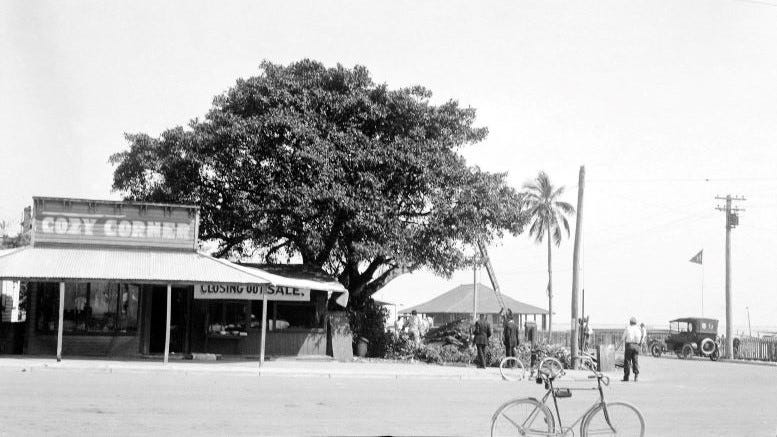Cozy Corner in Downtown Miami
The Cozy Corner in downtown Miami (1904 - 1917) and the tree that James Deering moved to his Vizcaya Estate.
When John Sewell and his crew began preparations to clear the grounds in April of 1896 for what would become the Royal Palm Hotel, Julia Tuttle asked him to preserve as many of the best shade trees as possible. She placed markers on a few of the trees and was partic…
Keep reading with a 7-day free trial
Subscribe to Miami History to keep reading this post and get 7 days of free access to the full post archives.





